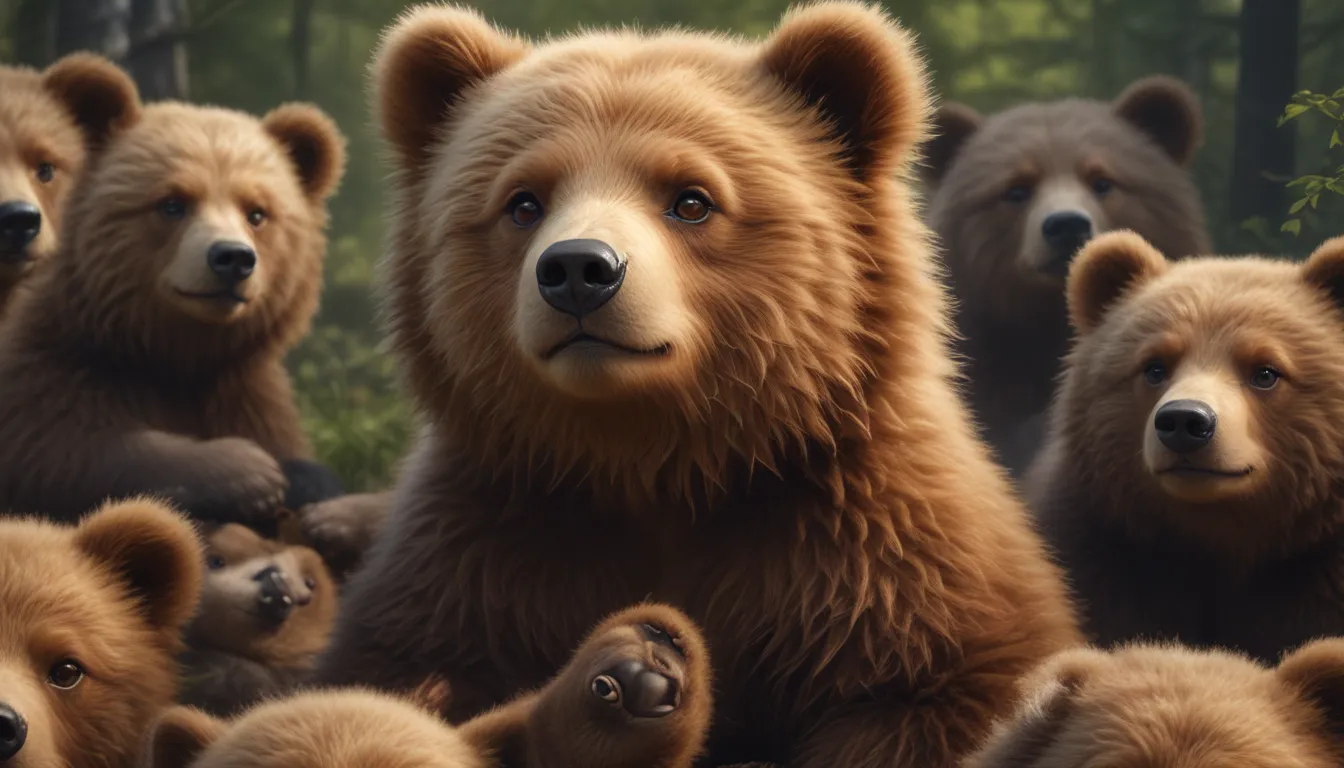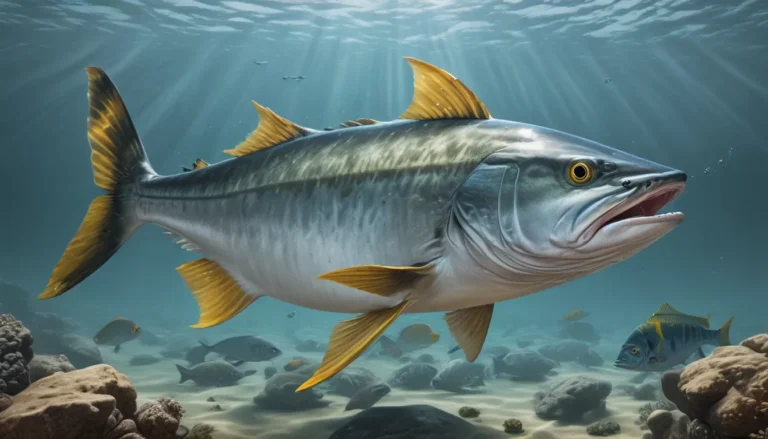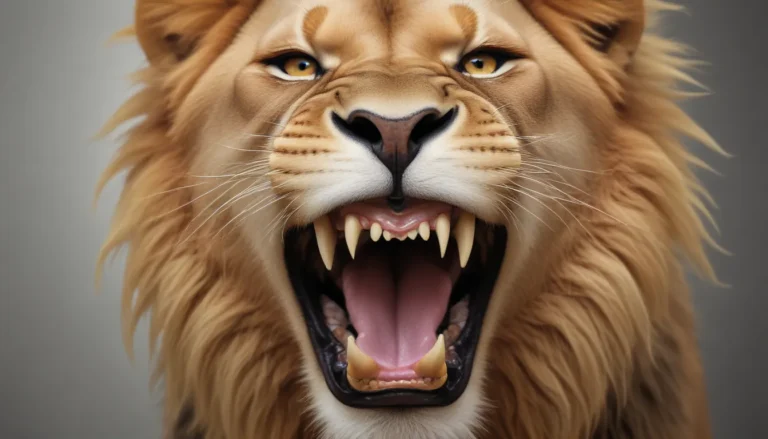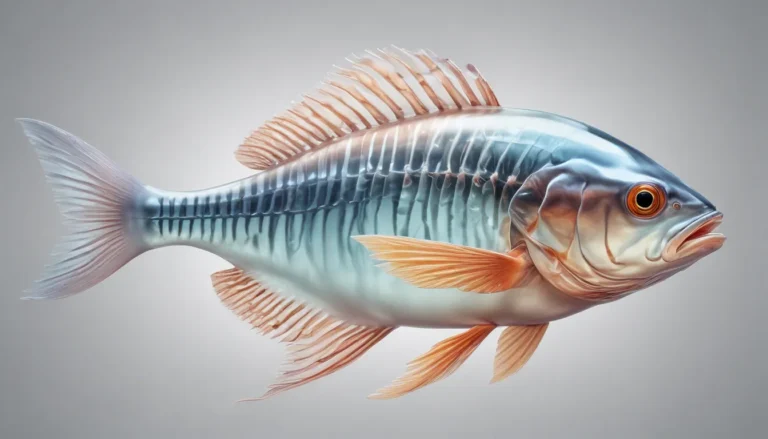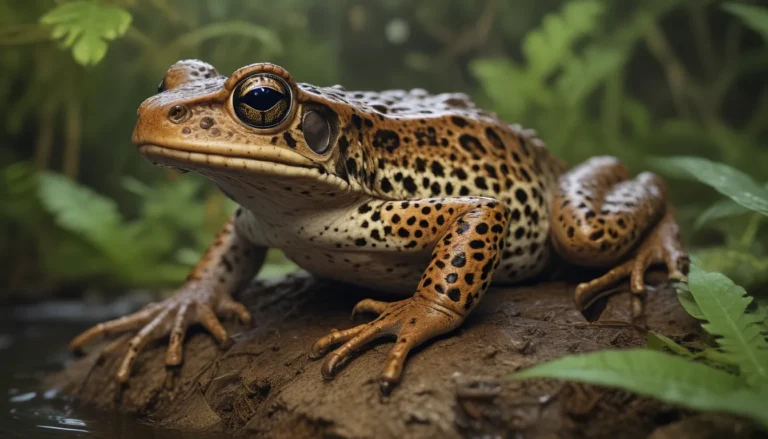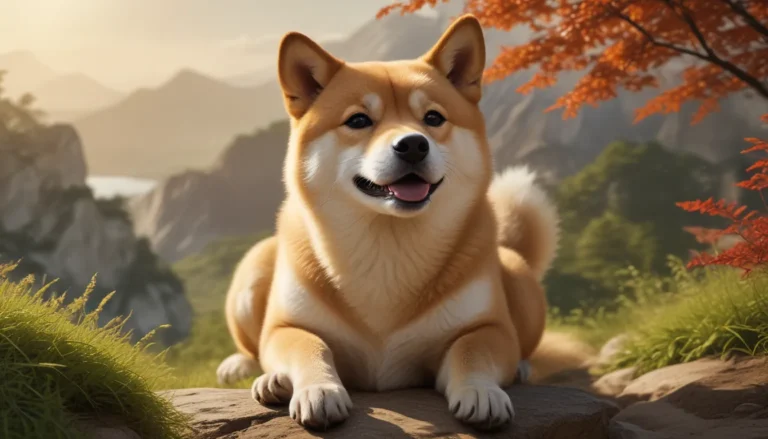The pictures we use in our articles might not show exactly what the words say. We choose these pictures to make you interested in reading more. The pictures work together with the words but don’t take their place. The words still tell you the important facts.
Are you ready to embark on a journey into the enchanting world of baby bears? These adorable creatures have captured the hearts of people worldwide with their fluffy fur and playful antics. Beyond their cuteness lies a fascinating biology and behavior that will leave you in awe. Join us as we explore 20 amazing facts about baby bears that showcase their resilience, adaptability, and unique characteristics.
The Fascinating World of Baby Bears
Baby Bears: Born Blind and Helpless
When baby bears enter the world, they are blind and entirely dependent on their mothers for survival. With a thin layer of fur, they are vulnerable during their early days. Despite their initial fragility, they quickly grow into playful and curious creatures, learning essential survival skills from their mothers.
The Size of Newborn Bear Cubs
The average size of a newborn bear cub is comparable to that of a squirrel. However, these tiny creatures undergo rapid growth and can reach impressive sizes as they mature. Their growth rate is astounding, transforming them from small cubs into substantial young bears within a year.
Playful Nature of Bear Cubs
Similar to other young animals, baby bears spend a significant amount of time playing. Engaging in activities such as wrestling, climbing trees, and chasing each other helps develop their physical and social skills. These playful antics not only strengthen their bond with their siblings but also aid in their overall development.
Learning from Mother Bears
Baby bears imitate their mothers as they learn essential life skills. From foraging for food to building dens, these cubs observe and replicate their mothers' behavior. This interaction plays a crucial role in their development and prepares them for the challenges of the wild.
Motherly Guidance and Protection
Cubs stay with their mothers for about two to three years, during which they are taught valuable lessons on survival. From hunting to finding shelter, mother bears play a crucial role in instilling necessary skills in their offspring. The bond between a mother bear and her cubs is a testament to the strong family ties found in the animal kingdom.
Unveiling More Baby Bear Wonders
The Special Coat of Baby Bears
Baby bears possess a unique coat called "cub fur." This soft and fluffy fur provides insulation and warmth, protecting the cubs during their early months. The cub fur is distinct from the fur of adult bears, reflecting the special care needed during their formative stages.
Remarkable Physical Features
Despite their young age, baby bears have sharp claws and strong jaws. These adaptations enable them to climb trees, defend themselves, and eventually catch prey. Their physical prowess at such a tender age showcases the remarkable capabilities of these young creatures.
Exploring the World Outside the Den
Around three months old, baby bears start venturing out into the world under their mother's watchful eye. The exploration of the surrounding environment allows them to learn, adapt, and discover the wonders of nature. Swimming in lakes and rivers is a favorite activity among baby bears, showcasing their natural curiosity and love for water.
Communication Through Vocalizations
Baby bears communicate with their mothers and siblings through a variety of vocalizations. These sounds convey emotions such as hunger, fear, and contentment, strengthening the bond between family members. This form of communication plays a vital role in their social interactions and relationships within the bear community.
A Sense of Smell like No Other
Baby bears possess an incredible sense of smell, aiding them in locating food sources, identifying other animals, and navigating through their surroundings. Their highly sensitive noses provide them with a competitive advantage in the wild, allowing them to thrive in diverse environments.
Enchanting Discoveries About Baby Bears
Varied Diet Preferences
While baby bears primarily rely on their mother's milk for nourishment, their diet expands as they grow. Incorporating plants, insects, and eventually meat into their meals, these young cubs develop a diverse palate that prepares them for adulthood. Their ability to adapt to different food sources highlights their resilience and versatility.
Tree Climbing Adventures
Baby bears not only love to climb trees for fun but also as a means of escape and accessing food sources. Their agility, coupled with their strong claws, allows them to ascend tall trees effortlessly. Tree climbing serves as both a recreational activity and a practical skill that aids in their survival in the wild.
Survival Strategies for Winter
During winter hibernation, baby bears rely on a thick layer of fat known as blubber to keep them warm. This insulation provides vital energy reserves during periods of low food availability. The ability to adapt and store energy for the harsh winter months showcases the resilience and survival instincts of baby bears.
Playful Interactions Among Cubs
Cubs greet each other with playful sniffs and nuzzles, strengthening their bond and fostering a sense of camaraderie. These interactions not only facilitate socialization but also help them identify their siblings and establish relationships within their family unit. Playful behavior is a hallmark of baby bears, reflecting their joyful and carefree nature.
The Growth and Development of Baby Bears
Rapid Growth Spurts
Baby bears experience rapid growth during their first year of life, gaining up to 1-2 pounds per week. This significant increase in size transforms them from tiny cubs into robust young bears, showcasing their remarkable growth potential. The accelerated growth rate highlights their adaptive nature and the need to prepare for adulthood.
Fierce Protection from Mother Bears
A mother bear's instinct to protect her cubs is unparalleled. She will go to great lengths to safeguard her offspring, facing potential danger head-on to ensure their safety. This unwavering commitment to her young reflects the nurturing and protective nature of mother bears, highlighting the strong maternal instincts found in the animal kingdom.
Delving Deeper into the World of Baby Bears
As we delve into the enchanting world of baby bears, we uncover the beauty, resilience, and adaptability of these incredible creatures. From their playful antics to their instinctual behaviors, baby bears showcase a diverse range of characteristics that make them truly captivating. By understanding and appreciating these baby bear facts, we not only gain insight into their world but also contribute to the conservation and protection of their populations.
Exploring Baby Bear FAQs
How big are baby bears?
Baby bears, also known as cubs, are born small and helpless, typically weighing around one pound. Depending on the species, newborn black bear cubs measure between 8-12 inches in length, while grizzly bear cubs are slightly larger at 12-14 inches.
How long do baby bears stay with their mother?
Baby bears remain with their mothers for about one and a half to two years, during which they learn essential survival skills and develop their independence. The mother bear imparts valuable lessons on foraging, climbing, and avoiding threats, preparing the cubs for life on their own.
What do baby bears eat?
Initially, baby bears rely on their mother's milk for nourishment. As they grow, their diet expands to include solid foods such as grasses, berries, nuts, insects, fish, and small mammals. This diverse diet ensures their nutrition and growth, equipping them for survival in the wild.
Are baby bears dangerous?
While baby bears may appear cute and harmless, it is crucial to remember that they are wild animals. Their protective instincts and unpredictable behavior make it unsafe to approach or interact with them. It is essential to maintain a safe distance and observe them from afar to ensure their safety and yours.
Can baby bears swim?
Yes, baby bears are adept swimmers, equipped with buoyant bodies and webbed paws that allow them to navigate through water effortlessly. Swimming is a vital skill for bears, particularly when they need to catch fish or cross bodies of water. Baby bears often learn how to swim at a young age under their mother's guidance.
Embracing the Wonder of Baby Bears
In conclusion, baby bears are enchanting creatures that embody resilience, adaptability, and curiosity. Their playful nature, strong family bonds, and remarkable physical features make them truly captivating. By delving into the world of baby bears and uncovering their unique characteristics, we gain a deeper appreciation for these incredible animals. Let us continue to learn, explore, and protect the populations of baby bears to ensure their survival and well-being in the wild.
Closing Thoughts
Our commitment to delivering trustworthy and engaging content is a testament to our dedication to providing valuable insights and information. Each fact about baby bears is a testament to the diverse and fascinating world of these incredible creatures. As we strive for accuracy and authenticity, we invite you to join us in exploring, learning, and appreciating the wonders of the animal kingdom. Trust in our commitment to quality and authenticity as we embark on this journey together.
Now that you have uncovered the 20 incredible facts about baby bears, take a moment to reflect on the beauty and wonder of these remarkable animals. Whether you are captivated by their playful antics or in awe of their natural instincts, baby bears are sure to leave a lasting impression. Embrace the enchanting world of baby bears and continue to learn, explore, and protect these incredible creatures for generations to come.
